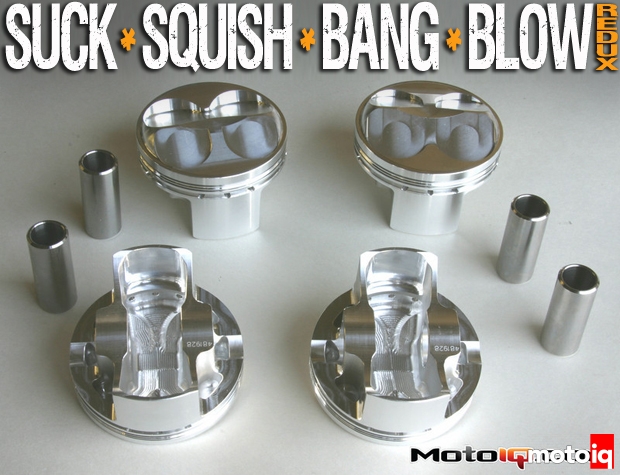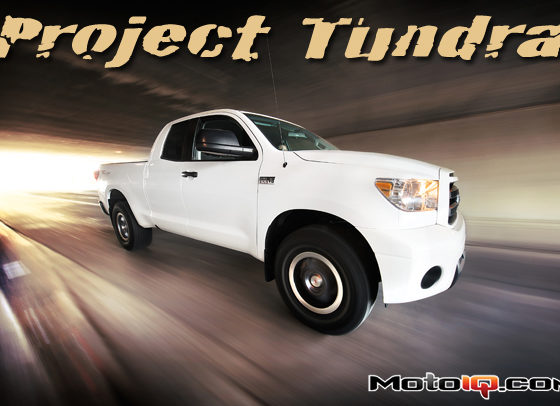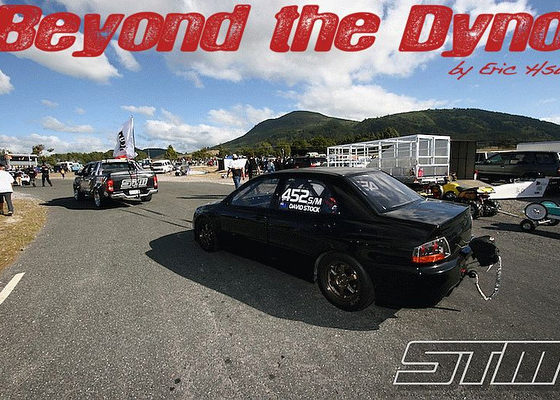,
Connecting rods
 |
| Cunningham titanium rods are pretty high tech awesome! |
The pistons are attached to a dog bone shaped metal rod. This is called the connecting rod. The connecting rods job is to transfer the force of the explosion shoving the piston down the cylinder bore to the rotating crank. The connecting rod is attached to the piston by a pin known as the wrist pin. This is called the small end of the rod. The other end of the rod is attached to the crank. This is called the big end of the rod as the crank’s journals are much bigger than the wrist pin journals. The crank journals are bigger because the crank journal continually rotates at a high speed as opposed to the simple rocking movement at the wrist pin end of the rod. The high speed rotation requires additional bearing surface area to prevent the rod and crank from being damaged by friction. The big end of the rod spins smoothly on the journal of the crank on a pressurized oil film on a soft metal sleeve bearing. On a typical engine the small end of the rod has a bronze bushing for the wrist pin that is fed by splash lubrication. On some engines the wrist pin is fed from oil scraped by rings from the cylinder walls through a passage from the oil ring groove called a pin oiler. Rarely the pin is fed pressurized oil from the rod bearing from a hold drilled through the rod from the rod’s big end.
 |
| Crower rods are light and strong if not as exotic as the titanium rods. |
Crankshaft
 |
| This is the crank from a 4 cylinder engine. Think of it as 4 bike cranks stuck together. |
The crank in an engine is exactly like the crank on a bicycle. It transfers an up and down force, which is the pistons being forced down the bore by the fuel/air explosion, into a rotating motion that can be used to spin the wheels. The crank has off set throws, exactly like your bicycle’s crank except the rods and pistons serve the same function as your legs, when pedaling, by pushing the upward throw down as the piston is pushed down the bore by the explosion of fuel and air. This is what makes your car go! After the piston goes down, the crank rotates and the piston is pushed up the bore again until it reaches the top where it can be pushed down again by another explosion of fuel and air. The crank rotates on its main journals on oil film lubricated sleeve bearings just like on the big end of the rods.
 |
| Crank and rods in place in the block. |



